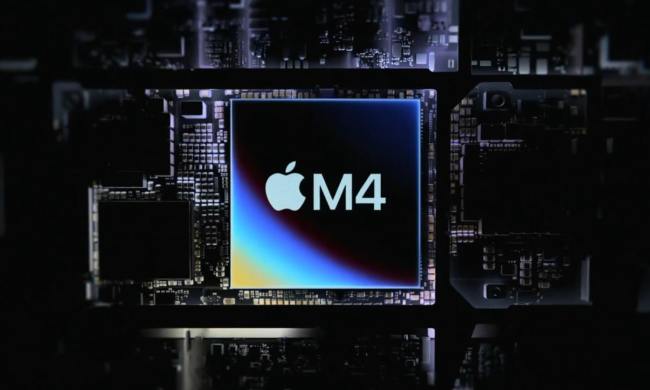
Online auction giant eBay has announced changes to its auction listing fee structures that will see fees removed entirely for some items…but will leave some sellers paying even to the company when their items sell. Under the new pricing plans, sellers will be able to list up to 100 items per month for free so long as the auction start prices are 99 cents or less; if no one buys the item the seller pays eBay nothing, but otherwise they’ll pay eBay 9 percent of the selling price up to $50. For bigger eBay sellers, the company will offer an “eBay Stores” subscription rate with insertion fees as low as 3 cents for a 30-day listing, which eBay promotes as up to a 90 percent discount on current list pricing.
The new fee structure is scheduled to go into place March 30. eBay has been testing similar pricing schemes in Europe, and claims the overall response has been positive.
“Free—and practically free—is great news for anyone wanting to earn extra cash or build a business on eBay,” said eBay Marketplaces president Lorrie Norrington, in a statement. “Our new success-based pricing makes eBay more attractive and competitive than ever. We are focused on helping sellers win and giving buyers the best deals online.”
However, not all of eBay’s sellers are thrilled with the new pricing plan. Under the new system, sellers who don’t go for the eBay Stores option will pay 9 percent of an item’s purchase price to eBay, up to $50. Under existing pricing, they paid 8.75 percent on the sale price up to $25, then 3.75 percent of any remainder after that. The upshot is that smaller sellers whose items go for moderate prices wind up paying more to eBay, while larger volume sellers wind up with a significant discount.
The pricing changes reflect eBay’s growing focus on larger sellers who move hundreds and thousands of items through the site, rather than on individual users who may post a handful of items on rare occasions.


